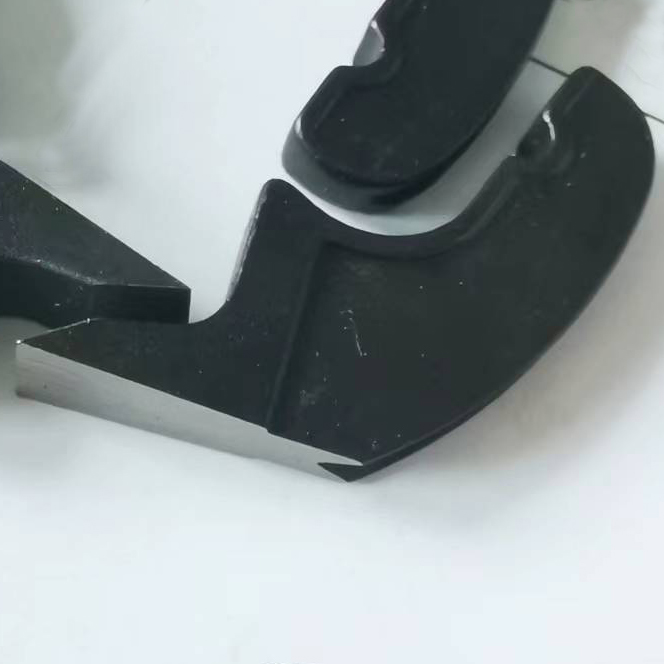Circular Saw Teeth
Circular saw teeth are an essential component of a circular saw blade, playing a crucial role in the cutting process. These teeth are carefully designed and constructed to ensure efficient and precise cuts in various materials, including wood, metal, and plastic. In this article, we will explore the anatomy of circular saw teeth, their different types, and their importance in achieving optimal cutting performance.
The anatomy of circular saw teeth can be divided into several key parts. The tip or point of the tooth is the first point of contact with the material being cut. It is typically shaped either as a flat top grind (FTG) or an alternate top bevel (ATB). The shape of the tooth tip determines its cutting action and the type of material it is best suited for.
Next, there are the cutting edges, which are located on both sides of the tooth. These edges come in various configurations, such as flat-top, triple-chip, or combination. Each configuration is designed to optimize the cutting capacity for specific materials. For instance, a flat-top grind is excellent for ripping through wood, while a triple-chip tooth is more suitable for cutting abrasive materials like laminates or plastics.
The gullet, or the space between two adjacent teeth, plays a vital role in chip removal. It provides room for the chips to escape, preventing clogging and heat buildup during the cutting process. The size and shape of the gullet are carefully designed based on factors such as the blade diameter, tooth count, and the material being cut. A larger gullet would be beneficial for cutting thick materials, while a smaller gullet is suitable for finer, precision cuts.
Circular saw teeth are available in various types, each with its distinctive characteristics. One common type is the rip tooth, which has fewer teeth per inch and a flat-top grind. This design allows for faster cutting along the grain of the wood. On the other hand, crosscut teeth have a higher tooth count and an alternate top bevel. This configuration is ideal for making clean cuts across the wood grain, reducing tear-out and splintering.
Another important type is the combination tooth, which combines elements of both rip and crosscut teeth. This versatile tooth design allows the blade to perform well in both ripping and crosscutting applications. Combination teeth are commonly used in general-purpose circular saw blades, offering a good balance between speed and finish quality.
In conclusion, the design and characteristics of circular saw teeth significantly impact the cutting performance of a circular saw blade. The careful selection of tooth type, tip shape, and cutting edge configuration determines the blade’s suitability for specific materials and applications. Understanding the anatomy of circular saw teeth enables woodworkers, metalworkers, and DIY enthusiasts to make informed decisions when choosing the right blade for their cutting needs. So, next time you use a circular saw, take a moment to appreciate the complex yet essential role of those small but mighty circular saw teeth.
Sawmill Bits And Shanks For Sale

